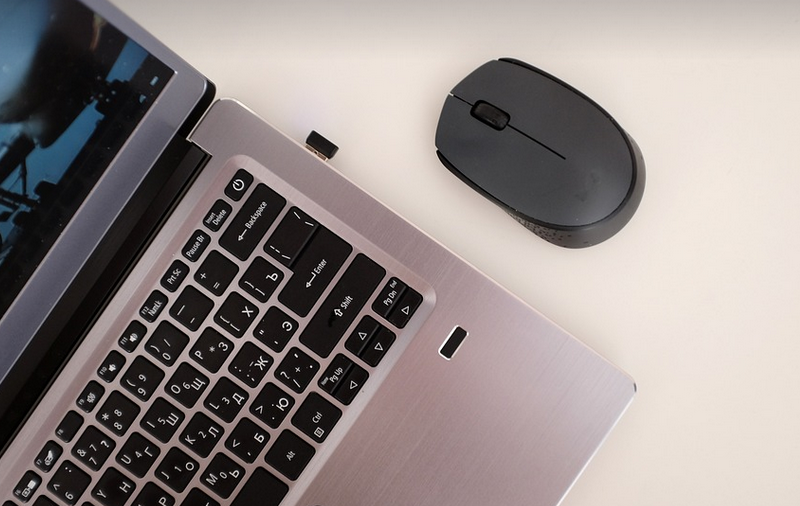Navigating the World of SaaS UX
The world of SaaS, or Software as a Service, is booming. From accounting software to project management tools, these applications are changing how we work and run our businesses. But with this growth comes a challenge: creating user experiences that are both engaging and effective. This is where UX design comes in, offering solutions for crafting seamless and intuitive interfaces for your SaaS product.
UX Design isn’t just about making things look pretty. It’s the art of understanding your users, their needs, and designing products that cater to those specific requirements. In the context of SaaS, it’s all about building a platform that feels intuitive, accessible, and ultimately, helps users achieve their goals.
The Importance of User-Centric Design in SaaS
Why is user-centric design so crucial for SaaS? Well, let’s delve into some key reasons. First, it fosters **user satisfaction**. Think about the last time you used a confusing app that felt clunky and frustrating to navigate. That experience often leaves a lasting impression, right? By prioritizing the user journey, you’re making sure their interactions with your software are as smooth and enjoyable as possible.
Secondly, it builds **engagement**. When users have a positive experience, they’re more likely to use your product frequently. This leads to higher adoption rates, increased customer loyalty, and ultimately, greater revenue for your business.
Key Elements of UX Design in SaaS
So, how exactly does UX design translate into the world of SaaS? Let’s take a closer look at some key elements that contribute to a great user experience:
- **Accessibility**: This goes beyond just following web accessibility guidelines. It’s about creating a product that works for everyone, regardless of their abilities or disabilities. This can include providing alternative text for images, offering screen readers for visually impaired users, and adjusting design elements for ease of use.
- **Seamless Navigation**: Think intuitive menus, clear call-to-action buttons, and a logical layout that guides users effortlessly through the product’s various features. Avoid complicated user flows or confusing interfaces; focus on clarity and ease of interaction.
- **Intuitive User Interface (UI)**: A good UI ensures consistency across all platforms, from web to mobile. This means using familiar design elements, clear typography, consistent spacing, and a color palette that reflects your brand.
- **Personalization**: Offer features that personalize the experience based on individual user behavior or preferences. This can involve tailored dashboards, recommendations for relevant content, and even automated notifications.
How to Get Started with SaaS UX Design
Now that you have a better understanding of UX design principles in the context of SaaS, let’s talk about how to get started:
First, **define your target audience**. Who are you trying to reach? What are their needs and pain points? This will help you shape your product and prioritize features.
The Power of User Feedback
The most valuable feedback comes from your users. Don’t just hope for good reviews—actively seek out user feedback through surveys, interviews, and even A/B testing different designs. This iterative process helps refine your product and ensures it truly meets the needs of your target audience.
The Future of SaaS UX Design
As technology continues to advance, we can expect even more innovative features and functionalities in the world of SaaS. This means that UX design will need to evolve alongside these advancements. Here are some key trends to watch:
- **Voice User Interfaces (VUI)**: Interactive voice commands and conversational interfaces are becoming increasingly popular, offering a seamless transition for users who prefer hands-free interaction.
- **Augmented Reality (AR)** & **Virtual Reality (VR)**: Imagine using AR to navigate complex software or experience new product features in a virtual environment. These technologies have the potential to revolutionize user engagement and interaction.
- **Microinteractions**: These are small, subtle animations that enhance the user experience and provide feedback within your SaaS application. A well-placed microinteraction can make all the difference in user satisfaction.
Conclusion
UX design for SaaS is not just about aesthetics; it’s about building a product that works as hard as you do, offering users a smooth and efficient experience that keeps them engaged, coming back, and achieving their goals. By investing in UX and embracing user-centric principles, your SaaS application can truly flourish and contribute to the success of your business.
